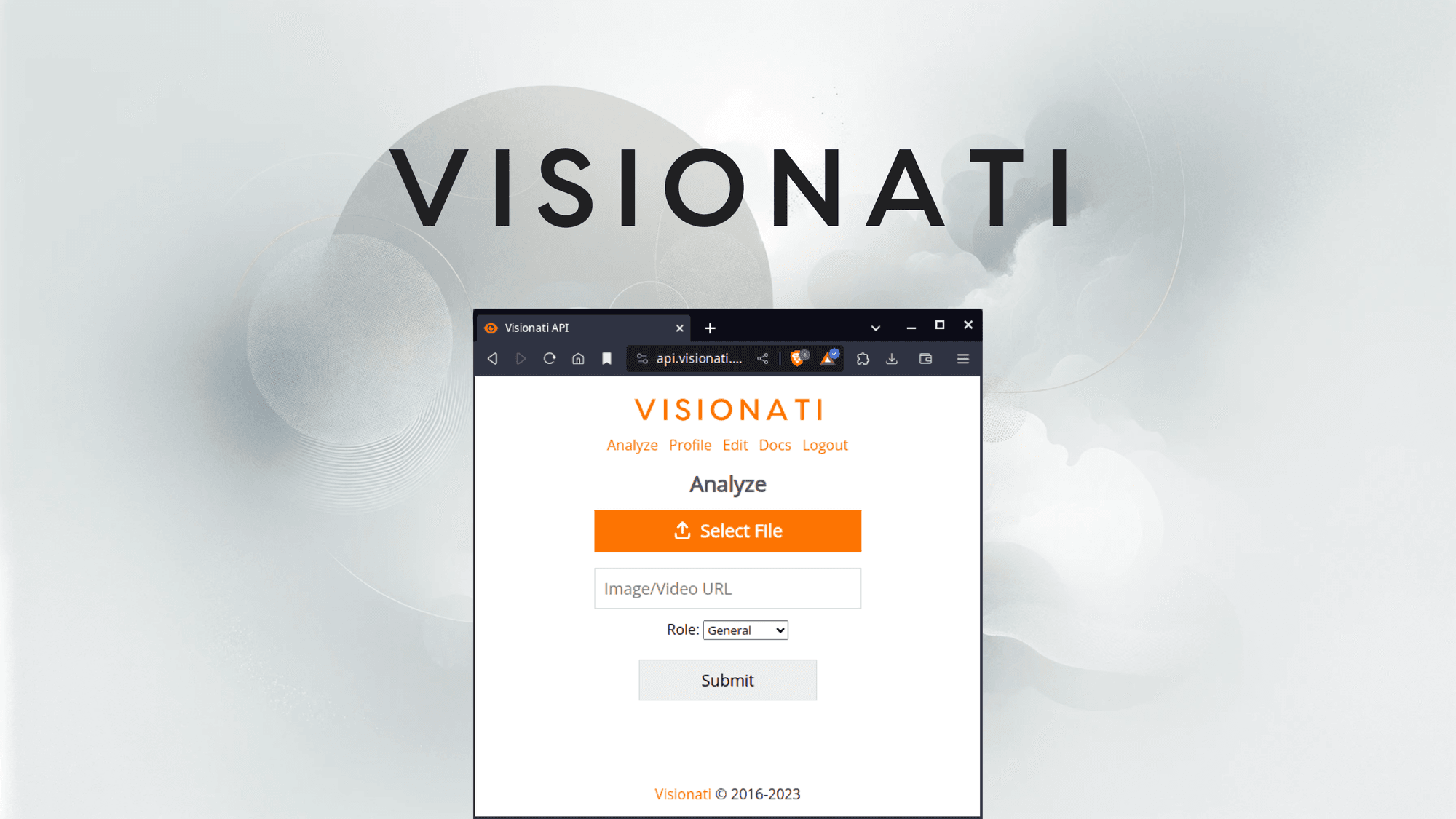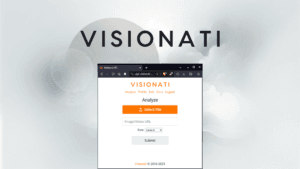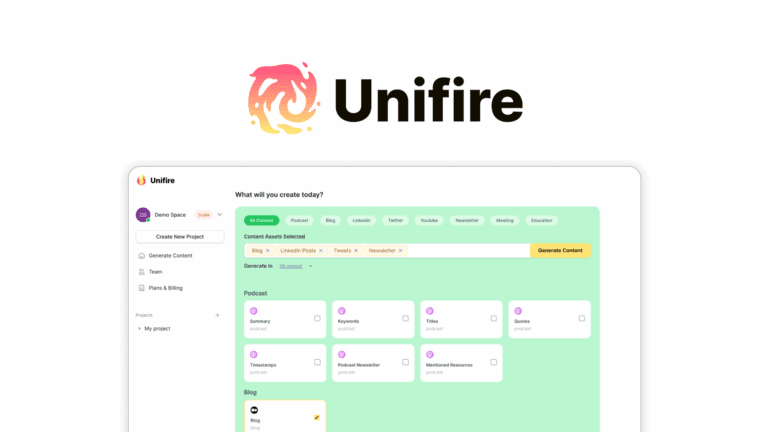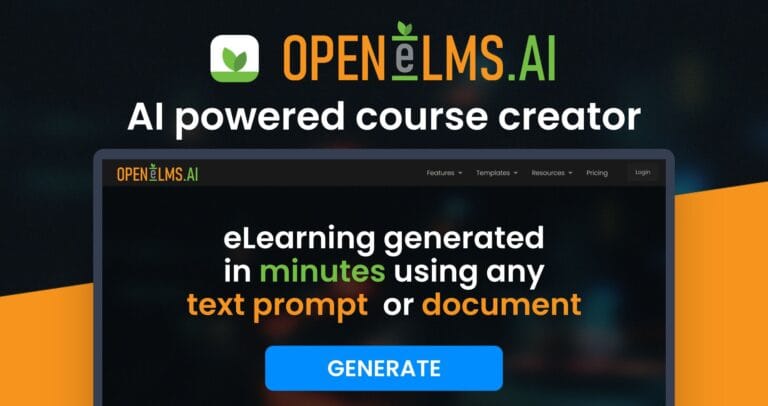The Silent Struggle of Digital Content Creation
The fluorescent lights of my home office flickered, casting long shadows across piles of unorganized images. Stacks of hard drives and countless folders testified to years of visual content that remained frustratingly untagged, unsearchable, and frankly, almost useless.
As a content creator juggling multiple projects, I knew something had to change. My digital asset management had become a nightmare. Hours were slipping away as I manually tagged images, wrote descriptions, and tried to make sense of my ever-growing visual library.
The Maze of Manual Image Management
Every project felt like swimming through molasses. Product shots for my e-commerce clients needed detailed descriptions. Social media content required catchy captions. And don’t even get me started on filtering out inappropriate user-generated images for community platforms.
I’d tried everything – outsourcing, manual tagging tools, even hiring virtual assistants. Nothing seemed to solve the fundamental problem: transforming raw images into meaningful, searchable, and useful content quickly and efficiently.
A Glimpse of Hope: Discovering Visionati
I first heard about Visionati during a late-night podcast about AI productivity tools. The host described an image analysis toolkit that could do everything I’d been struggling with – and more.
Initially skeptical, I watched demo videos and read reviews. Could an AI tool really understand the nuanced context of images across different platforms? Would it truly save me time and reduce my workload?
The more I explored, the more intrigued I became. Visionati wasn’t just another image tagging tool. It was a comprehensive AI-powered ecosystem that could analyze, caption, tag, and even filter images across multiple AI services.
Implementation was surprisingly simple. I uploaded a batch of product images from a recent photography shoot. Within seconds, Visionati generated detailed descriptions, suggested tags, and even provided context-aware captions for different platforms.
The real magic happened when I realized I could choose between multiple AI models. One image might get a more technical description from one service, while another would have a more marketing-friendly caption from a different AI.
For my e-commerce clients, this meant instant, professional-grade image descriptions. For my social media management, it meant quick, engaging captions. And for user-generated content platforms, it meant robust filtering of inappropriate images.
A New Workflow Emerges
My entire content creation process transformed. Tasks that used to take hours now took minutes. I wasn’t just saving time; I was gaining strategic flexibility.
The ability to set custom filtering standards meant I could maintain brand integrity across different platforms. The multi-model approach ensured I wasn’t locked into a single AI’s perspective.
Most importantly, I regained something precious: creative energy. Instead of getting bogged down in administrative tasks, I could focus on storytelling, strategy, and innovation.
Unexpected Benefits
Beyond the immediate productivity gains, Visionati offered unexpected advantages. The advanced image recognition helped me organize decades of personal and professional photography. Brands and logos were automatically detected, making archival work a breeze.
The GDPR-compliant approach also gave me peace of mind, knowing that my clients’ and users’ data was being handled responsibly.
What I learned through this journey goes beyond just an image analysis tool. True productivity isn’t about working harder, but about working smarter. Technology, when thoughtfully implemented, doesn’t replace human creativity – it amplifies it.
For content creators, marketers, and digital professionals, the message is clear: embrace tools that understand context, save time, and free your creative potential. Visionati wasn’t just a software solution; it was a paradigm shift in how we interact with visual content.
The future of content creation isn’t about manual labor. It’s about strategic thinking, powered by intelligent tools that understand the nuanced world of visual communication.






